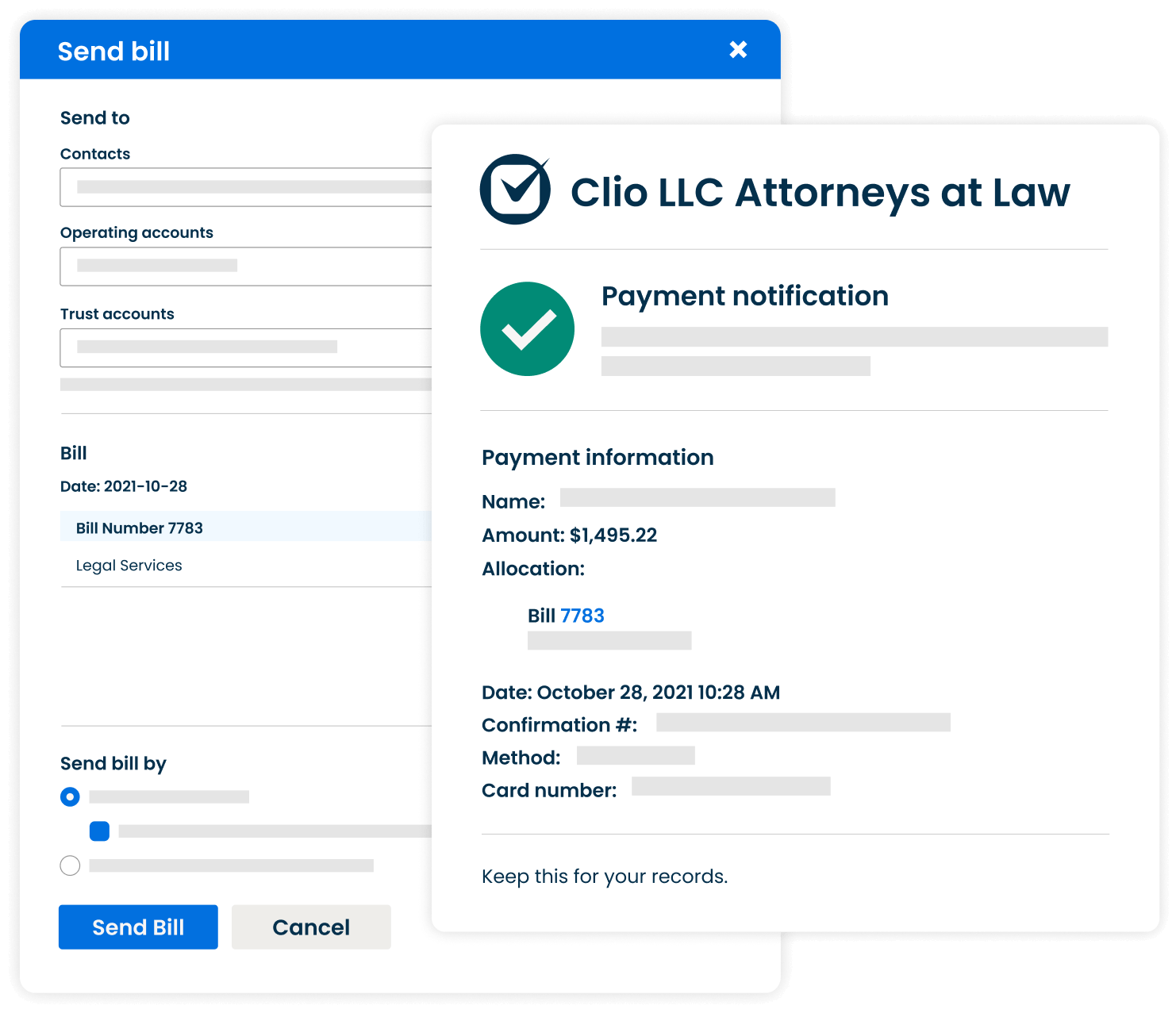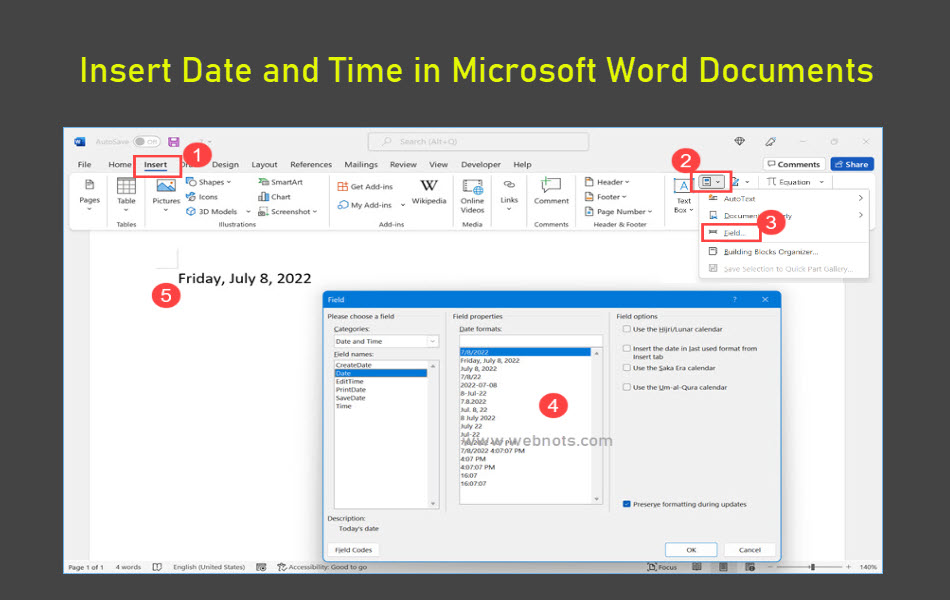3 Tips To Edit Dates

When it comes to editing and working with dates, precision and accuracy are paramount. Whether you're a journalist, a content creator, or a data analyst, handling dates correctly is essential to maintaining the integrity of your work and ensuring a professional outcome. In this article, we'll delve into three expert tips to help you master the art of editing dates, providing you with the skills to handle this critical aspect of your craft with confidence.
1. Understand Date Formats and Conventions

The first step to editing dates effectively is to grasp the diverse formats and conventions used globally. Dates can be expressed in numerous ways, and being familiar with these variations is crucial for accurate editing. Common date formats include day-month-year (DD-MM-YYYY), month-day-year (MM-DD-YYYY), and year-month-day (YYYY-MM-DD). Additionally, some regions use ordinal indicators (e.g., 1st, 2nd, 3rd) or abbreviations for months.
To illustrate, consider the following examples:
| Format | Example |
|---|---|
| DD-MM-YYYY | 15-03-2024 |
| MM-DD-YYYY | 03-15-2024 |
| YYYY-MM-DD | 2024-03-15 |

Being able to recognize and interpret these formats is the foundation of effective date editing. It ensures that you can accurately transcribe and present dates, avoiding confusion and errors.
Tips for Handling Date Formats
- Always confirm the intended date format for your project or publication. Consistency is key to maintaining clarity.
- If you’re working with international content, be mindful of regional variations and adapt your editing accordingly.
- Use tools like date converters or calendars to ensure accuracy when converting between different date formats.
- Consider using a consistent date format throughout your work to simplify the editing process and reduce the risk of errors.
2. Pay Attention to Time Zones and Daylight Saving

Editing dates isn’t just about the numerical representation; it also involves understanding time zones and the impact of daylight saving time (DST) transitions. These factors can introduce complexities and potential errors if not handled properly.
When editing dates, consider the following:
- Time Zones: Different regions have varying time zones, and this can affect the accuracy of dates. Ensure that you're working with the correct time zone for the context of your content. For instance, an event in New York may have a different local time compared to an event in London.
- Daylight Saving Time: DST transitions can create confusion, especially when working with dates near the transition periods. Be aware of when DST starts and ends in the regions you're covering, as this can affect the hour of the day associated with a particular date.
Practical Strategies
- Use reliable sources like official government websites or reputable time zone databases to verify the correct time zone for a given location.
- Always double-check dates that fall near DST transitions to ensure they’re accurate. A simple mistake here can lead to significant errors.
- Consider using tools that automatically adjust for DST when converting or displaying dates.
- When in doubt, consult with experts or colleagues who are familiar with the time zone and DST conventions of the region you’re covering.
3. Edit for Clarity and Readability
Beyond the technical aspects, editing dates also involves ensuring they’re presented clearly and readably. This is crucial for engaging your audience and ensuring they can easily understand the temporal context of your content.
Tips for Enhancing Readability
- Use consistent date styles throughout your content. For example, if you choose to write dates in the format of “March 15, 2024,” ensure this style is used consistently.
- Consider abbreviating months to save space, but do so consistently. For instance, use “Mar.” instead of “March” for all occurrences.
- Avoid ambiguous date references like “next week” or “last month.” Instead, specify the exact date or provide a range to ensure clarity.
- When presenting a series of dates, use a consistent order (e.g., always month-day-year) to make it easier for readers to process the information.
- For longer articles or reports, consider including a timeline or a “key dates” section to provide an overview of important temporal milestones.
By focusing on clarity and readability, you enhance the user experience and make your content more accessible and engaging.
Conclusion: Mastering the Art of Date Editing
Editing dates is a critical skill for anyone working with content that involves time-sensitive information. By understanding date formats, navigating time zones and DST, and prioritizing clarity and readability, you can ensure your work is accurate, professional, and engaging. These tips, when applied consistently, will elevate your editing skills and contribute to the overall quality of your content.
Remember, attention to detail and a commitment to accuracy are the hallmarks of exceptional date editing. With these tips in your toolkit, you're well-equipped to handle dates with precision and confidence.
How do I handle date formats when working with international content?
+When working with international content, it’s crucial to respect the local date format conventions. Research and understand the preferred date format for the region you’re covering. Use tools like date converters or calendars to ensure accuracy when converting dates. If in doubt, consult with experts or colleagues who are familiar with the regional date formats.
What’s the best way to manage DST transitions when editing dates?
+Daylight Saving Time transitions can be challenging. Always double-check dates that fall near DST transitions to ensure accuracy. Consider using tools that automatically adjust for DST, and stay updated on when DST starts and ends in the regions you’re covering. When in doubt, consult with colleagues or experts to verify the correct time.
How can I improve the readability of dates in my content?
+To enhance readability, use consistent date styles throughout your content. Consider abbreviating months to save space, but do so consistently. Avoid ambiguous date references, and instead, provide specific dates or ranges. When presenting multiple dates, use a consistent order, and consider including a timeline or “key dates” section for longer pieces.



